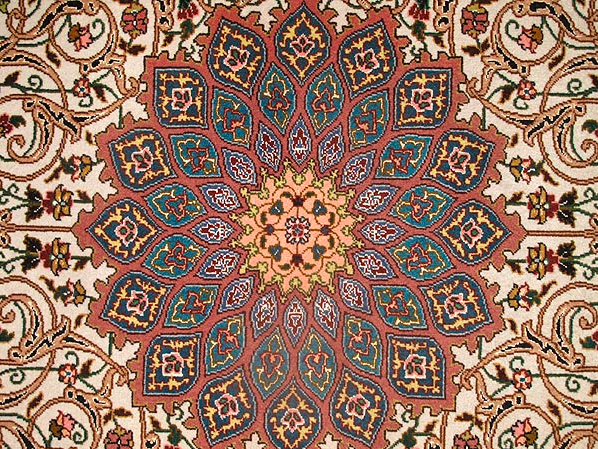Characterizing Different Rug Types

To claim that rugs have been around for some time would be a gross understatement. They’ve occupied a special place on our floors for thousands of years, with the oldest intact rug dating back to 5th-4th century BC. Due to its extensive history, the rug has undergone a series of iterations and evolutions over time, branching out in different directions stylistically and geometrically. Thanks to environmentally-friendly initiatives and innovations, eco-friendly rugs have also emerged into the commercial market. This is an overview detailing the specific characteristics that define the rugs widely available in today’s marketplace.

These rugs are classic, exuding sophistication and refinement from every stitch. Featuring top tier ornate design, they’ve resided in everything from glimmering palaces to modest homes. They’re commonly comprised of wool, silk, or cotton, occasionally containing materials derived from natural and synthetic elements. Despite their illustrious reputation for featuring gaudy motifs and design patterns, more modern oriental rugs have been known to display a more contemporary and minimalist appearance.
Hallmarks of the late 60s and early 70s, the stylistically shaggy appearance and undeniable comfort of shag rugs have helped reestablish them in today’s marketplace. Their trademark long/medium length strands can quickly bring three-dimensionality to a flat space, and their vast assortment of colors can perfectly complement the palette of a room. Shag rugs are generally comprised of acrylic, polypropylene, or nylon, providing a thoroughly comfortable sitting experience for all. Despite their cultural stereotypes, these idiosyncratic rugs are back and here to stay.
Despite the reverent status of the aforementioned Oriental rugs, Persian rugs represent the pinnacle of rug design, style, and pedigree. They’re coveted by historians, collectors, and homeowners alike for their elaborate patterns and multitude of intricacies. Authentic Persian rugs are hand-knotted, but those traditional methods cost a pretty penny. There are plenty of machine-crafted contemporary options that look and feel nearly identical to their counterparts. Characterized by deep pigmentation and ornate designs, these rugs will always remain at the forefront of rug sophistication.
A synthesis of styles, transitional rugs are dynamic, eccentric, and ultimately visually appealing. Their common designs place a heavy emphasis on floral artistry, ensuring many contain images of leaves, plants, and trees. Still, they’re definitely unique, with each one incorporating various elements from other rug styles. They make ideal collages, and their lighter color tones allow them to seamlessly blend into any living space.
While these four rug types don’t encompass the entire spectrum of available carpets, they do comprise a very large portion of it. Consumers also have access to eco-friendly rugs comprised of sustainable or disposable materials. So whether you’re looking for something ornate, simplistic, or environmentally-friendly to grace your floor, the rug industry will always present you with a number of appealing options.
